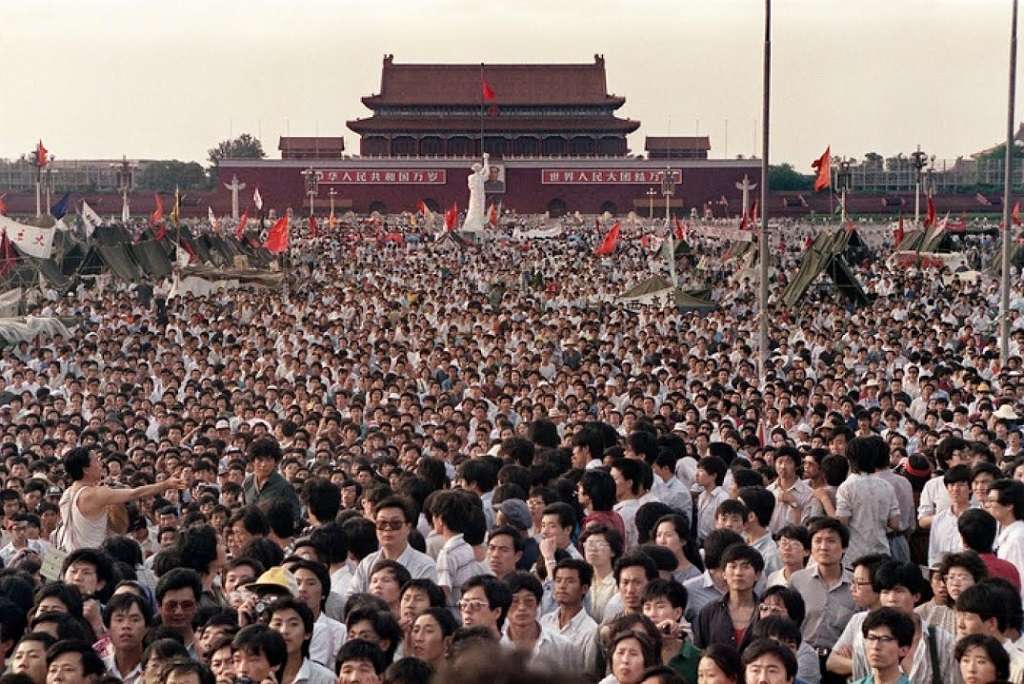According to official figures released Tuesday, in 2022 China’s population declined for the first time in more than six decades. “By the end of 2022, the national population was 1,411.75 million,” reported the Beijing National Statistics Office (ONE), specifying that it is “a decrease of 0.85 million since the end of 2021.”
The ONE announced that the number of births was 9.56 million and that 10.41 million deaths were registered.
In China the birth rate has fallen to historic levels due to the aging of the population. An accelerated decline that, according to experts, could affect economic growth.
The last time China’s population declined was in 1960, when the population was suffering from the worst famine in its modern history, caused by Mao Zedong’s agricultural policy, dubbed “the Great Leap Forward.”
In 2016 China abolished the one-child policy, imposed in the 1980s due to fears of overpopulation. In 2021 it began allowing couples to have three children.
“The population will surely continue to decline in the coming years,” said Zhiwei Zhang, a specialist at Pinpoint Asset Management.
“China will not be able to rely on the demographic dividend as a structural driver of economic growth,” the expert said. “Economic growth should depend more on increasing productivity.”
Many local authorities have launched measures to encourage couples to have children.
A couple having their first baby automatically receives 3,000 yuan ($444), and the figure rises to 10,000 yuan (1,480 dollars) for the third child.
The eastern city of Jinan began paying a monthly allowance of 600 yuan for couples having a second child on Jan. 1.
“The Chinese government must find effective policies to promote fertility, otherwise the fertility level will continue to fall,” said Xiujian Peng, a researcher at the University of Victoria, Australia.
The number of women of childbearing age fell to five million per year between 2016 and 2021 as a consequence of the aging of the population.
The Chinese population could decline 1.1% on average annually, according to a study by the Shanghai Academy of Social Sciences.
China could have less than 587 million inhabitants by the year 2100, less than half today, according to the most pessimistic projections of that team of demographers.
According to the UN, India could displace China as the world’s most populous country this year.














